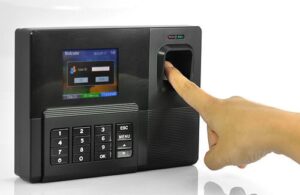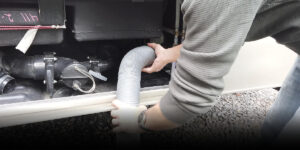The Benefits of Braces for Adults: More Than Just a Straighter Smile
Whenever one considers braces, she/he usually imagines the metallic grinning smile of teenagers in corridors at school. However nowadays the situation is a world apart. There is an ever-growing trend in the adult community with straightening their own teeth and not merely because of cosmetic appeal. Adult braces have emerged as the weapon in terms … Read more










